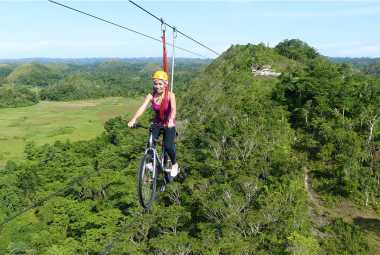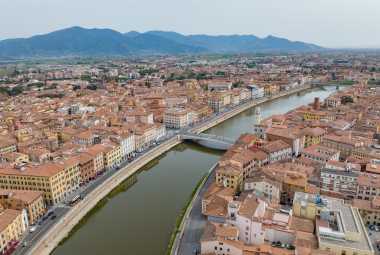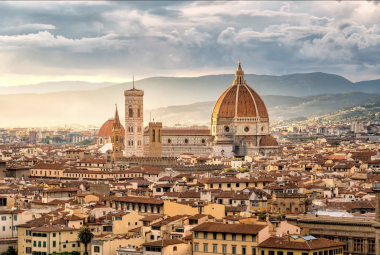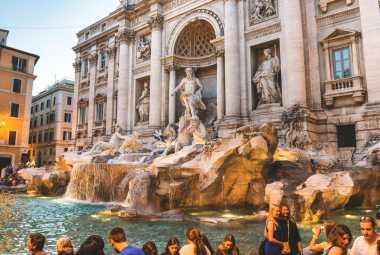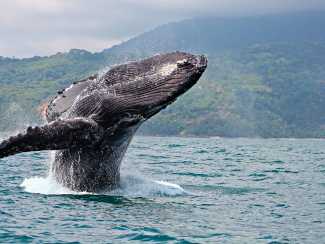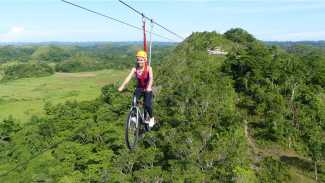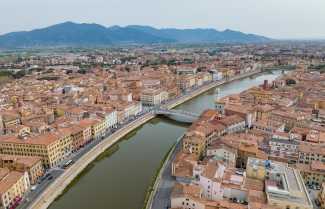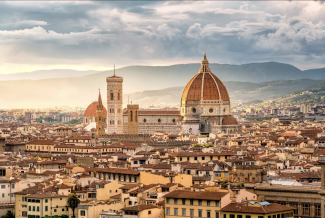Image by Greg Snell via Canva.com
*Vacation Mode is a for-profit site. It contains paid banner advertisements that are generated and managed by a third-party network. This site also includes relevant affiliate links (both in the content and on the sidebar) all of which we do our best to clearly mark as such.
Introduction
Mount Wellington, a majestic mountain that stands as a towering backdrop to Tasmania's capital, Hobart, is a symbol of the island's rugged beauty. This article delves into the mountain's geographical context, historical significance, natural beauty, tourism opportunities, conservation efforts, cultural impact, practical visitor information, and future prospects.
Geographical Context
Location and Access
Mount Wellington, located in the southeast of Tasmania, is easily accessible from Hobart, offering stunning views of the city and the surrounding waterways.
The Physical Landscape
The mountain's diverse landscape ranges from lush forests at lower altitudes to a barren, rocky summit, providing a unique ecological environment.
Historical Significance
Aboriginal Heritage
The mountain holds great significance for the Aboriginal people, known as Kunanyi in the local language, and is steeped in indigenous history.
European Discovery and Settlement
European settlers discovered the mountain in the 19th century, and it has since played a vital role in Hobart's development.
Natural Beauty and Ecology

Flora and Fauna
Mount Wellington is home to a rich variety of Tasmanian wildlife and endemic plant species, making it a haven for nature lovers.
Unique Geological Features
The mountain's unique dolerite columns are a geological wonder, attracting geologists and nature enthusiasts alike.
Tourism and Activities
Hiking and Walking Trails
A network of trails caters to all fitness levels, offering everything from leisurely walks to challenging hikes.
Scenic Lookouts and Photography Spots
The summit and various lookouts offer breathtaking panoramic views, perfect for photography enthusiasts.
Winter Sports and Activities
In winter, the mountain transforms into a playground for snow-related activities.
Conservation Efforts
Protecting the Environment
Ongoing conservation efforts aim to preserve the mountain's natural beauty and ecological significance.
Role of Local Communities
Local communities play a crucial role in conservation, participating in various environmental initiatives.
Mount Wellington in Culture
Literary and Artistic Inspirations
The mountain has inspired numerous artists and writers, featuring prominently in Tasmanian literature and art.
Mount Wellington in Local Folklore
Mount Wellington holds a special place in local folklore, with numerous tales and legends associated with it.
Practical Information for Visitors
Best Time to Visit
The best time to visit Mount Wellington varies depending on the activities you're interested in.
Accommodations and Facilities
Nearby Hobart offers a range of accommodations, from luxury hotels to budget-friendly options.
Safety and Regulations
Visitors are advised to follow safety guidelines and respect environmental regulations.
The Future of Mount Wellington
Development Plans
There are ongoing discussions about sustainable development to enhance tourist experiences while protecting the mountain's natural environment.
Environmental Concerns
Conservationists continue to voice concerns about potential environmental impacts of increased tourism and development.
Conclusion
Mount Wellington is more than just a mountain; it's a symbol of Tasmania's natural beauty and a testament to the island's rich history and vibrant culture.



